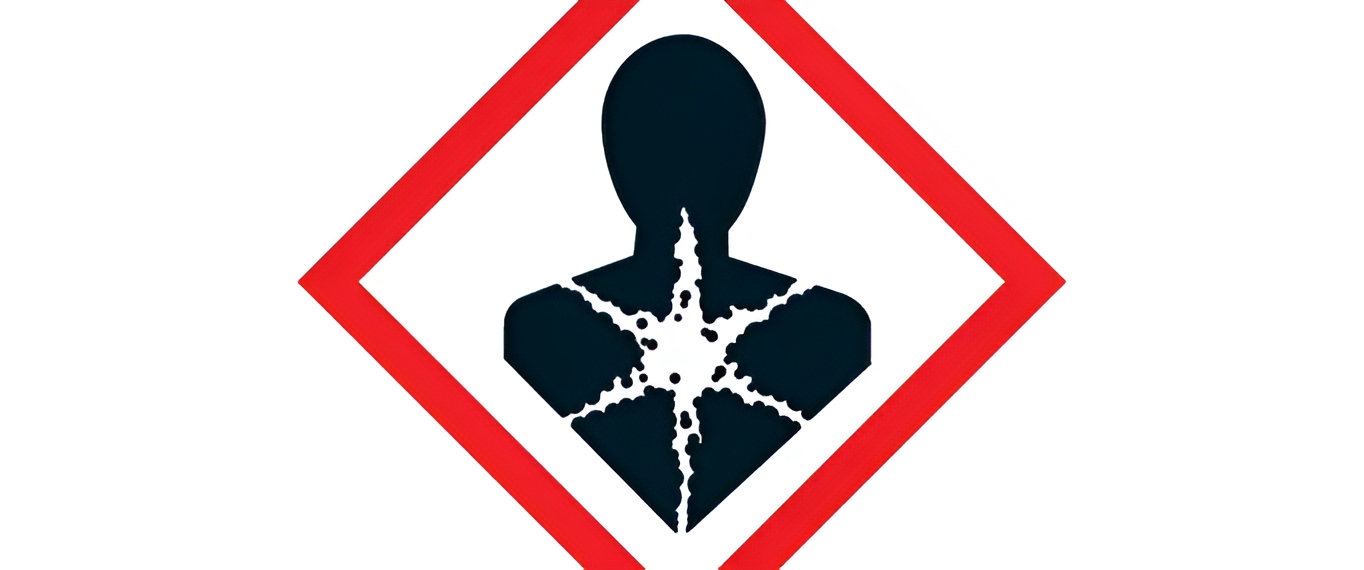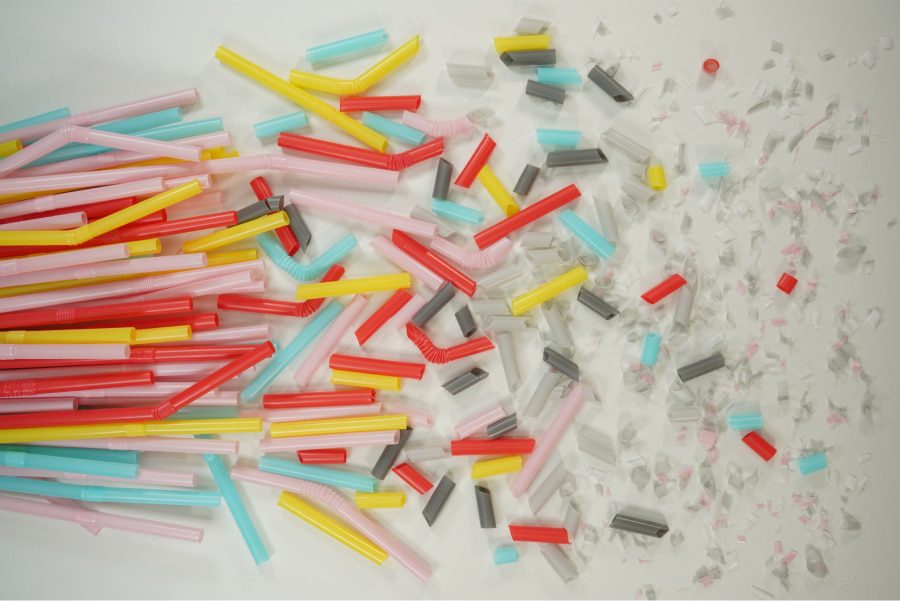CMR substances in cosmetics are chemicals classified as Carcinogenic (C), Mutagenic (M), or Reproductive toxicants (R). Their presence in cosmetic products is strictly regulated under UK and EU law to protect consumer safety. If you manufacture, import, or sell cosmetic products in the UK or EU, you must understand the rules surrounding CMR substances.
These substances pose potential health risks, including cancer, genetic mutations, or reproductive harm, and their use in cosmetics is heavily controlled. In this guide, we explain what CMR substances are, how to identify them in your products, regulatory updates, and best practices for compliance.
Although CMR substances and preparations may cause little or no noticeable adverse effects, prolonged contact can be harmful without being perceived as dangerous by the person concerned.
These substances are classified according to the CLP Regulation based on their composition and effects into three categories: CMR1A (established effects), CMR1B (presumed effects), and CMR2 (suspected effects).
Substances and preparations containing significant quantities of CMR substances, as defined by the CLP Regulation, must display the GHS08 pictogram. This pictogram is used to indicate chronic, acute, and particularly worrisome properties.
What Are Common Examples of CMR Substances in Cosmetics?

The use of CMR substances is not limited to the chemical, pharmaceutical, or biotechnology industries. These substances are also widely used in other industrial and craft sectors, such as cleaning and surface processing.
Cleaning and maintenance of buildings: Detergents, like those for windows and floors, often contain ethylene glycol and other solvents, which can be reprotoxic. During dilution, decanting, and use, personnel may be exposed to these substances.
Degreasing techniques: Metal components are often degreased with solvent-containing cleaners during production and processing. Some of these products contain carcinogenic and reprotoxic components.
Surface treatment and metalworking: During the processing and treatment of metal surfaces, such as enamelling, dust and vapours may be emitted. These emissions may contain potentially carcinogenic metals like lead, cobalt, or other metals with chronic effects. During processing, these substances can enter the body through the skin or respiratory tract.
What Health Risks Are Linked to CMR Substances?
Contact with a CMR substance can occur through breathing, skin contact, or the gastrointestinal tract, such as having dirty hands while eating or smoking. Protective measures for handling CMR substances must account for all these routes of absorption.
Prolonged exposure to a carcinogen is usually required before occupational cancer develops. The higher the risk of cancer, the greater the amount of the CMR substance absorbed over the years. Because cancer develops very slowly, it can take years or even decades before the first symptoms appear.
The correlation between exposure and the disease that manifests much later is very difficult to recognize. For this reason, the profession is often forgotten as a possible trigger when investigating causes, and work-related cancers are probably more frequent than the suspected cases reported to accident insurers might suggest.
How Can You Identify CMR Substances in Your Products?
We have seen how CMR substances are indicated through labelling, but more specific information can only be obtained by viewing the safety data sheet (SDS). Details on the individual properties of the substances are provided in section 2 of the relevant SDS.
The designations H340, H341, H350, H351, H360, H361, and their subcategories characterise CMR substances.
Pay attention to the issue date of the SDS: a sheet older than three years is probably no longer up to date. In an outdated SDS, the substances and preparations contained may not be classified correctly.
It may contain old symbols that are no longer in use and do not comply with the current version of the CLP regulation. This means important health protection information may be missing during the handling and use of these substances.
The distributor is legally obliged to provide the current version of the SDS in the official language of the respective region when purchasing the product.
Why Are CMR Substances Important for Cosmetic Safety?
The European Cosmetics Regulation (No. 1223/2009), one of the strictest in the world, aims to protect consumer health by prohibiting the use of CMR substances in cosmetic products, except in certain cases:
CMR2 substances: Some are authorised if they have been assessed as safe by the SCCS (“Scientific Committee on Consumer Safety”) under particular conditions of use.
CMR1 substances: Some are authorised if they have been assessed as safe by the SCCS, with additional conditions to ensure consumer safety. This includes demonstrated safety of use in the food sector and the impossibility of replacing them with technically acceptable alternatives.
Since 2004, only 10 CMR substances out of nearly a thousand have been granted a derogation for use in cosmetic products. These derogations are based on technical performance, efficacy, and historical safe use confirmed by a risk assessment.
Among these substances, certain preservatives or solvents have been permitted for use in the cosmetics industry because their essential role in formulation has been judged acceptable given the level of exposure and lack of health consequences.
Outside of Europe, regulations in other countries do not have similar provisions for CMR substances.
What Are the Latest Updates on CMR Substances (ATPs and Omnibus Acts)?

The list of CMR substances is constantly updated. Various Commissions continuously monitor and evaluate substances that can cause health problems. These updates result in the so-called ATP (Adaptation to Technical Progress).
The latest Delegated Regulation introducing these updates is Commission Delegated Regulation 2022/692, which applies from 1 December 2023, and constitutes the eighteenth update of the CLP Regulation.
The amendments made by this regulation concern Annex VI of the CLP, which contains the list of substances with harmonised hazard classification at the European level, and provide:
- The inclusion of 39 new substances;
- Changing the classification and labelling of 17 substances already present, and
- The suppression of a substance.
The classifications introduced by the XVIII ATP CLP are applicable from 01 December 2023. Among the changes introduced by the 18th ATP, we point out:
- Introduction of the harmonised classification for Melamine (CAS 108-78-1, EC 203-615-4) as Carc. 2, H351 and STOT RE 2, H373 (urinary tract)
- Addition of Aquatic Acute 1, H400 and Aquatic Chronic 1, H410 (M=10) to the pre-existing harmonised classification of Bisphenol A (CAS 80-05-7, EC 201-245-8)
- Modification of multiplication factors for environmental hazards for various substances
- Addition of the harmonised classification of Bisphenol S (CAS 80-09-1, EC 201-250-5) as Repr. 1B, H360FD
After the issuance of each ATP, the question arises regarding the inclusion of the newly introduced substances in the annexes of the Cosmetics Regulation 1223/2009. Consequently, the European Commission must add these CMR substances to Annexes II or III of the EU Commission Regulation through the so-called Omnibus Acts.
The Omnibus Act model was first introduced in 2018 to ensure that CMR substances were promptly added to the EU Cosmetics Regulation. Before 2018, this process could take up to 36 months. The Omnibus Act and the related ATP apply as of the same date, streamlining the process.
Moreover, in the Omnibus Acts, there is no distinction between placing and making products available on the market. From the date of applicability, manufacturers cannot place non-compliant cosmetics on the EU market and must also recall products already on shelves.
How Have Cosmetics Regulations Changed Regarding CMR Substances?
The latest Omnibus Act is dated 13 May 2025: the European Commission adopted Regulation 2025/877, which amends the Cosmetics Regulation and its annexes. This measure concerns the use of substances classified as carcinogenic, mutagenic, or toxic for reproduction (CMR) in cosmetic products.
Regulation 1272/2008 provides a harmonised classification of CMR substances based on a scientific assessment by the Committee for Risk Assessment of the European Chemicals Agency.
Regulation 1223/2009 prohibits the use of substances classified as CMRs of category 1A, category 1B, or category 2 in cosmetic products. Nevertheless, a CMR substance can be used in cosmetic products if the conditions specified in the Regulation are met.
Key Takeaways on CMR Substances in Cosmetics
- CMR substances are classified as Carcinogenic, Mutagenic, or Reproductive toxicants and are strictly regulated.
- Manufacturers, importers, and sellers must ensure their products do not exceed permissible limits.
- Regularly check updates from ATPs and Omnibus Acts for regulatory changes.
- Proper labelling, testing, and documentation help maintain compliance and protect consumers.
- Early identification and substitution of CMR substances can minimize risk and legal liability.
How to keep track of updates to cosmetics regulations on CMR substances: ATPs and omnibus acts
How can you keep track of these updates? These are very varied points, and many regulations can intervene, often linked to each other.
Contact us to understand how your product can be placed on the market without any problems and, above all, to monitor its compliance with legal requirements.
Frequently Asked Questions About CMR Substances in Cosmetics
What does CMR stand for in cosmetics?
CMR stands for carcinogenic, mutagenic, or reproductive toxicants. These substances can cause cancer, genetic mutations, or harm reproductive health.
Are CMR substances allowed in cosmetic products?
Most CMR substances are prohibited or strictly limited in cosmetic products. Trace amounts may only be allowed if technically unavoidable and considered safe by regulators.
How can I check if a cosmetic ingredient is a CMR substance?
Check official sources like the EU’s Annex II of Regulation (EC) 1223/2009, ATP updates, and the European Chemicals Agency (ECHA) database. Cosmetic safety assessors can also identify CMR substances in a Cosmetic Product Safety Report (CPSR).
Who is responsible for CMR compliance in cosmetic manufacturing?
Manufacturers, importers, and brand owners are responsible. They must ensure products comply with limits for CMR substances and maintain proper safety documentation.
What happens if a cosmetic product contains a banned CMR substance?
Products containing banned CMR substances can be withdrawn from the market. Companies may face fines, legal penalties, recalls, and reputational damage.
How often are CMR regulations updated in the UK and EU?
CMR regulations are updated regularly through Annex updates, Adaptations to Technical Progress (ATPs), and Omnibus Acts. Companies must stay informed to remain compliant.
Why is understanding CMR substances important for cosmetic safety?
Understanding CMR substances protects consumers, ensures regulatory compliance, and secures market access in the UK and EU.



